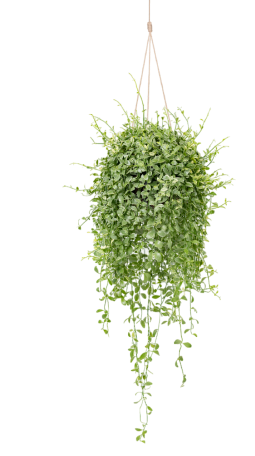Take it from a “Canary”: how to clean thrift-store clothing to get rid of fake fresh smells

Thrifting can be fun! The thrill of the hunt is found in every rack, and sometimes valuable items can be priced unexpectedly low. Thrift store owners know, however, that the smell of the store and the items are important, but it’s not practical for them to wash and dry every piece of clothing that they sell. The time and energy spent doing so would make their clothing quite expensive by the time it makes it to the rack! They do, however, use air and clothing fresheners like Febreze to mask any odors. If the clothing was donated with fabric softener on it, that adds another layer of fragrance. What can chemically sensitive people do to remove these odors and enjoy thrifted items?
The detergent aisles are full of fake “fresh” smells of all flavors, and it’s a booming market that delivers long-lasting fragrances. But what exactly makes fragrances “long-lasting”, and if you actually don’t want your clothing to smell like anything, how do you get rid of fragrance? Chemicals called “fixatives” in the fabric softener or air freshener make them long-lasting. Fixatives in fabric softeners and perfumes work the same way: they extend scent duration with slow-release properties, improve stability by preventing scent degradation due to oxidation or temperature changes, and enhance scent blending by balancing volatile and non-volatile fragrance components. (The Science of Scent: How Fragrance Fixatives Work) The first fixatives were all natural, including essential oils like patchouli, sandalwood and frankincense. They were also derived from the scent glands of animals like beaver and civet (a species of wild African cat), and they are responsible for making scents last longer for the animal world! Science found a way to synthesize these fixatives for manufacturing, and that’s what you’re probably up against if you want to rid your clothes of these smells. Some of them include Ambroxide/Ambroxan, Iso E Super, Galaxolide, Hedione and Benzyl Salicylate (Guide to Fragrance Fixatives: Essential Oils, Chemicals, Natural Resins, Balsams and More)
Then, there are “encapsulants” that literally surround and mask odors. These are used in sprays like Febreze; one of the principal ones is called cyclodextrin. Cyclodextrin is a doughnut-shaped molecule which, when odors are dissolved with the water contained in the product, surround the watery odor molecule and keep our noses from recognizing it as “stink”. (The Chemistry Behind How Febreze Works)
One solution to remove encapsulants was developed by a self-proclaimed “canary” (someone who can detect low levels of chemicals that others cannot) after she tried multiple laundry methods on the clothing she bought from thrift stores to deconstruct and recycle them as a home business.
“Hanging the clothing on the line for a week combined with washing in the machine with Sal Suds or Murphy’s Oil (if you can tolerate the pervasive smell of this) is the best method for foiling this evil, stinking beast. I speculated that sunshine and wind might be the key. However, I find the freezing temperatures and precipitation of winter are the best method.” (How to Kick The Big Stink Out…)
The specific soaps she used are frequently mentioned by people who avoid commercial detergents, and unscented castile soap is another one. All of these are free from parabens, phthalates, BPAs and triclosan, which have links to cancer, infertility, and physical and psychological disruptions. (What Is Castile Soap? What Are Its Uses and Benefits?) All three (Sals Suds, Murphy’s Oil and other castile soaps are rated well by the SkinSafe website). Then, there are physical and chemical changes that happen when you hang laundry in the sun, which we wrote about here. It turns out that UV light and the presence of liquid water (in the wet fabric) produce (natural) pleasant-smelling aldehydes, and in the case of fixatives and encapsulants, the UV light may be breaking those down. If hanging clothes out on the line for a whole week is not possible, you can try one or two sunny days. Alternatively, you could try using one of our Mold Guards or Air Angels in the laundry room with your clothing on a drying rack. Both produce positive and negative ions that mimic the outdoor levels of ions, and the Air Angel additionally produces catalytic molecules that can break down odors, and a tiny bit of ozone (again, outdoor air also contains small amounts of ozone). Additional tips such as using baking soda, vinegar (not together!), activated charcoal and/or newspaper can be found here.
The most important thing to know is that most “thrift-store” smells like detergents, air fresheners, or that musty (mildew) smell can be eliminated with time and various methods, but if you buy furnishings from a smoker, beware that they are polluted with “third-hand smoke” that contains carcinogens, and we really would advise against taking them into your home, even though the link provides some ways to eliminate the smell. Some smells are just too hazardous to risk bringing into your home and your body!






